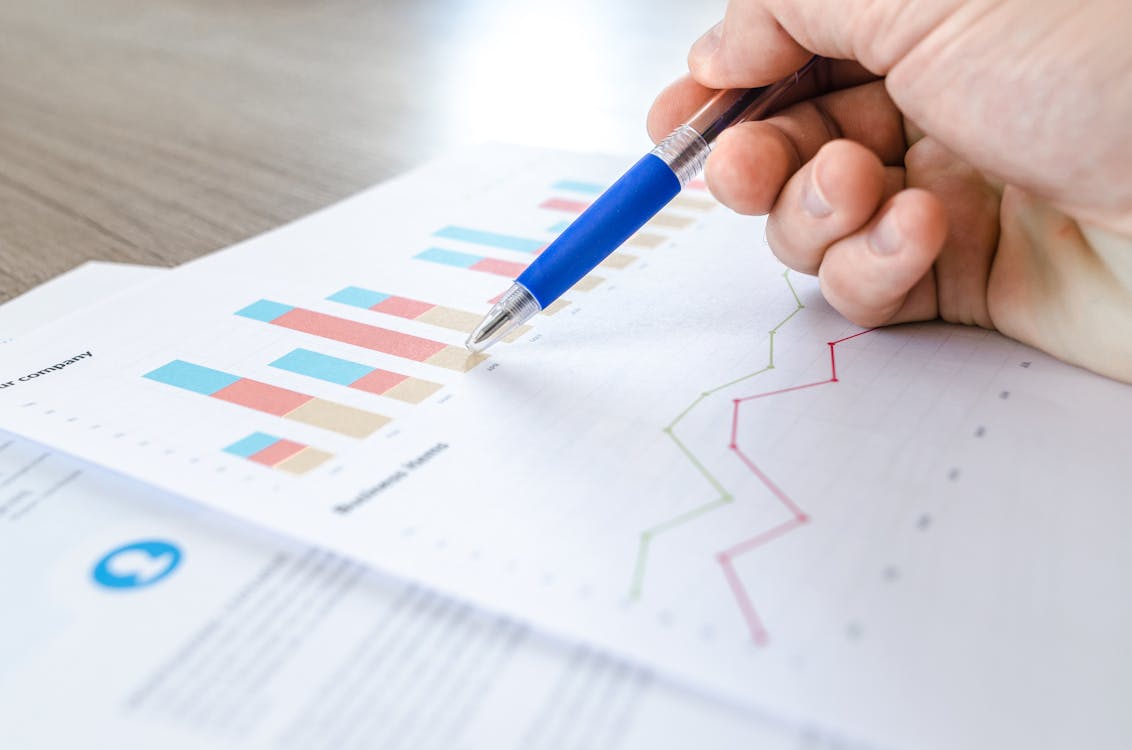PCE Inflation Holds Steady But Will That Move The Needle For Fed?

Image Source: Pexels
The Federal Reserve’s preferred gauge for inflation, the personal consumption expenditures (PCE) price index, held steady in July, in line with expectations.
It is the last PCE inflation report before the Federal Open Market Committee (FOMC) meets on September 16-17 to decide whether or not to change the federal funds rate. Will the July PCE report be enough to move the needle for the Fed?
Let’s look at the numbers:
- PCE Price Index rose 0.2% in July, down from 0.3% in June and in line with estimates.
- Core PCE Price Index, excluding food and energy prices, rose 0.3% in July, same as June and in line with estimates.
- PCE Price Index over the past 12 months rose 2.6%, same as June and in line with estimates.
- Core PCE Price Index over the past 12 months rose 2.9%, up from 2.85 in June and in line with estimates.
Prices of goods fell 0.1% in July, while the prices of services increased 0.3% last month. On a 12-month basis, goods prices increased 0.5% while services prices jumped 3.6%.
Further, food prices rose 1.9% in July, down from 2.2% in June, while energy prices dropped 2.7%, compared to a 1.6% decline in June.
Fed still likely to cut rates
Investors still overwhelming anticipate a rate cut in September, according to CME FedWatch. The survey of interest rate traders said that 87.2% now anticipate a 25-basis point rate cut in September, up from 86.7% a day ago.
“Inflation is increasing ever so slightly, but right in line with forecasts and this morning’s PCE data should only increase the probability of a Fed rate cut next month,” Chris Zaccarelli, chief investment officer for Northlight Asset Management, said.
While this is the last PCE report before the FOMC meets, the Consumer Price Index (CPI) and Producer Price Index (PPI) come out on September 10 and 11, respectively.
“As long as those reports don’t show a huge spike in inflation, the Fed will be almost guaranteed to cut interest rates by 0.25% on September 17,” Zaccarelli said.
Spending and income increase
Among other findings in the PCE report, personal spending rose 0.5% or $108.9 billion in July, with a $60.2 billion rise in spending on services and a $48.7 billion increase in spending on goods. That was in line with estimates and up from a 0.4% increase in June.
Personal income rose 0.4% or $112.3 billion in July, which is in line with estimates and up from a 0.3% increase in June. Disposable personal income — personal income less personal current taxes — increased by $93.9 billion or 0.4%.
The personal savings rate was 4.4% in July, down from 4.5% in June.
“Personal spending has been revised upward and remains strong enough to support the U.S. growth narrative,” Gina Bolvin, President of Bolvin Wealth Management Group, said. “While markets continue to flirt with all-time highs, breadth remains weak—yet still bullish for the longer term. I still expect seasonal weakness to kick in and would look to be a buyer on dips.”
More By This Author:
Caterpillar Stock Drops On Tariff ConcernsWynn Resorts Stock Is On The Move: Here’s Why
Did Nvidia Meet Investors Expectations In Q2?
Disclaimer: This article is NOT an investment recommendation, please see our disclaimer - Get our 10 ...
more


